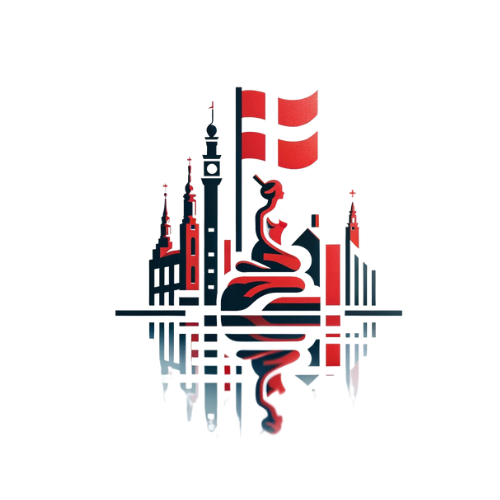As a Danish ballet enthusiast and performer, I have been fortunate to immerse myself in the rich and captivating culture of Danish ballet. The history, tradition, and passion for this art form have shaped the Danish ballet scene into one of the most prominent and cherished in the world. In this article, I will take you on a journey through the unique culture of Danish ballet, from its historical roots to its thriving contemporary relevance.
A Glance into History
The origins of Danish ballet can be traced back to the 18th century, when King Frederick IV established the Royal Danish Ballet (Kongelige Danske Ballet) in 1748. It quickly gained recognition as one of the leading ballet companies in Europe, and its influence continued to grow throughout the 19th and 20th centuries.
One of the most influential figures in Danish ballet history is August Bournonville, a renowned dancer and choreographer who is celebrated for his significant contributions to the art form. Bournonville’s choreographic style, known for its emphasis on storytelling, musicality, and classical technique, has become synonymous with the Danish ballet tradition.
- Ballet: Ballet
- Choreographer: Choreograf
- Technique: Teknik
The Bournonville Legacy
August Bournonville’s legacy is deeply ingrained in Danish ballet culture, and his works continue to be cherished and performed by the Royal Danish Ballet. The company’s repertoire includes numerous Bournonville ballets, such as “La Sylphide,” “Napoli,” and “A Folk Tale,” which exemplify the grace, charm, and technical brilliance of his choreography.
As a young aspiring ballerina, I had the privilege of training in the Bournonville style, which has played a significant role in shaping my artistic expression and approach to dance. The emphasis on precision, lightness, and joyful exuberance in Bournonville’s choreography has become a hallmark of Danish ballet technique, distinguishing it from other classical ballet styles.
The Royal Danish Ballet Today
Today, the Royal Danish Ballet continues to uphold its prestigious reputation as a leading ballet company, with a commitment to preserving its rich heritage while also embracing innovation and contemporary creativity. The company’s dancers are revered for their technical prowess, emotional depth, and exquisite artistry, captivating audiences both in Denmark and around the world.
One of the highlights of the Danish ballet calendar is the annual performance of “The Nutcracker,” a beloved holiday tradition that brings the enchanting tale to life with the Royal Danish Ballet’s signature flair and elegance. The production is a testament to the enduring popularity of classical ballet in Danish culture and the enduring appeal of Tchaikovsky’s timeless masterpiece.
Embracing Diversity and Innovation
While staying true to its classical roots, the Danish ballet scene has also embraced diversity and innovation, welcoming choreographers and dancers from around the globe to collaborate and contribute to its thriving artistic landscape. This openness to fresh perspectives and creative exploration has enriched the Danish ballet repertoire and fostered a dynamic and inclusive environment for dancers of all backgrounds.
As a result, contemporary ballet works that push boundaries and challenge conventions have found a place within the Danish ballet scene, adding a layer of modernity and relevance to the art form. This juxtaposition of tradition and innovation has further solidified the Danish ballet culture as a vibrant and forward-thinking force in the global dance community.
Conclusion
The culture of Danish ballet is a testament to the enduring legacy of August Bournonville, the artistry and dedication of the Royal Danish Ballet, and the unwavering passion for dance that permeates the Danish cultural landscape. Its rich history, commitment to excellence, and willingness to evolve have made Danish ballet a revered and cherished tradition that continues to inspire and captivate audiences worldwide.
I am honored to be a part of this extraordinary ballet culture, and I am confident that its enduring influence and beauty will continue to enchant and inspire future generations of dancers and ballet enthusiasts.
Tak for at læse! (Thank you for reading!)




